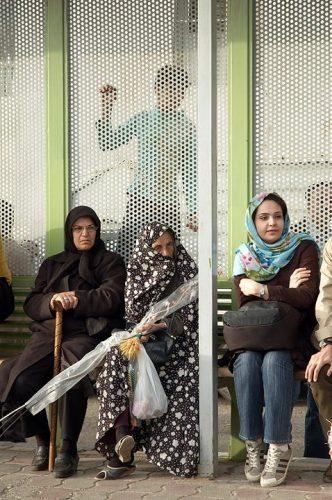Although a lot of women (and men) despise the hijab in Iran, many like it, and are actively choosing hijab.

Some of this is generational — the oldest women may be able to remember the forced unveiling of women by Reza Shah and how shocking that was: some women remained in their homes for months. Others ignored the law and continued to cover themselves up with a chador — even though they faced having their covering literally ripped off them by the police. One Iranian historian has described the decree as if “European women had suddenly been ordered to go out topless into the street.”
When compulsory veiling was introduced in 1979, many working class and rural women of all ages were not too bothered: “Even if they were not conservative and tradition-bound, wearing [hijab] reduced sexual harassment and was therefore essential in tough work environments.”
And many women and girls from traditional families gained substantially from compulsory hijab.
Those who had been prohibited by their husbands or fathers from working outside the home or pursuing university studies, suddenly gained access to places which had previously been out of bounds. Thanks to the new ‘moral’ codes, literally millions of women could leave their family homes.
Other women would not work or study without hijab “because they feared unwanted sexual attention or simply abhorred the so-called male gaze [namahram] … Gender segregation and its attendant behavioural codes allowed these women the kind of freedom of movement that they could only dream about before the revolution.” Read more here.
More fundamentally, some Muslim women — including Islamic feminists — are actively choosing hijab. If you want to know more about this, I would recommend Samina Ali’s TEDx talk on What does the Quran really say about a Muslim woman’s hijab?
And none of this rules out being stylish! An increasing number of Muslim women are giving voice to their love of fashion while wearing their hijabs.